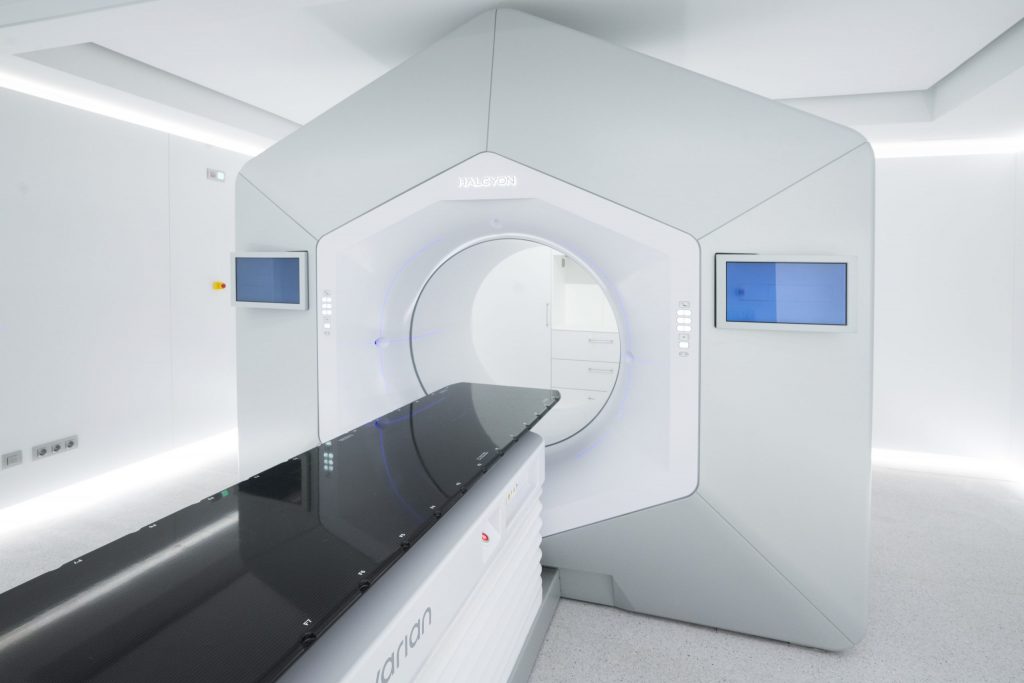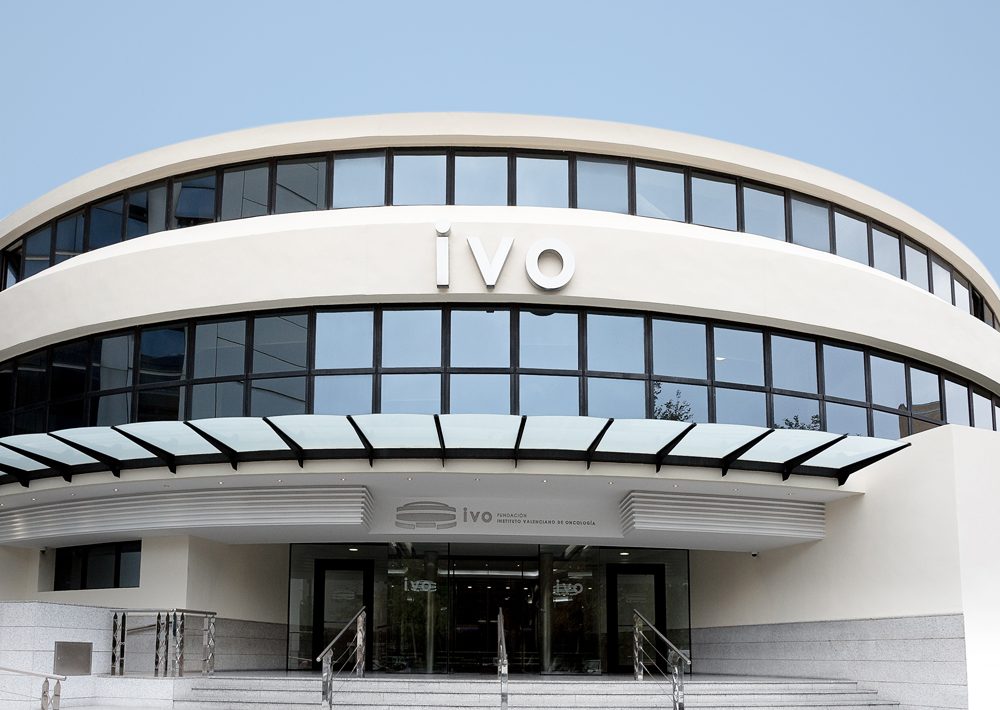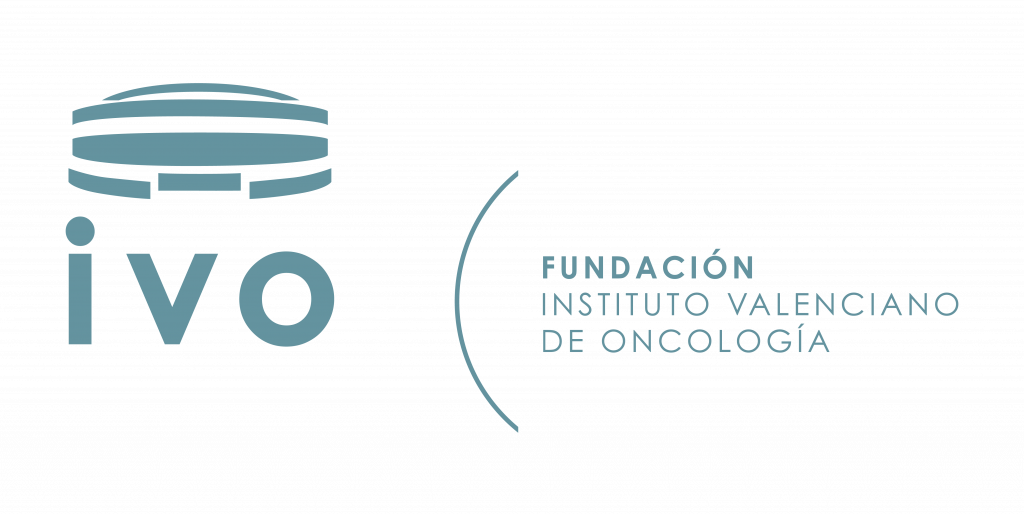It can be used regardless of location and cancer type. Until recently, it was considered the standard treatment for any location: breast, head and neck, prostate, lymphoma, etc.
Image-Guided Radiation Therapy with MVCB (Megavoltaje Cone Beam): The IVO was one of the first Spanish centres to use this sophisticated technique. It allows us to administer the maximum radiation to the cancer while sparing normal tissue as much as possible. It plays a crucial role in radiotherapy. This procedure involves sophisticated imaging techniques to determine patient position and tumour location before treatment starts. It does not require anaesthesia and has no side effects. This therapy may be used to treat almost any tumour.
It is used to give a high dose to the tumour but minimizing the dose surrounding healthy tissues. Sophisticated dose calculation methods are used depending on the angle. A lethal dose is delivered to the tumour, increasing the chances of cure. It can be used regardless of location and cancer type. The most common sites include head and neck, prostate and pelvis.
The IVO began performing radiosurgery using a linear accelerator to treat tumours and brain lesions in the Valencian Community in 1996. This highly precise and minimally invasive technique allows us to deliver high-dose radiation directly to the tumour and less radiation to surrounding organs. Multiple data is obtained with PET, MRI and CAT imaging. Radiation oncologists and radiation physicists work closely with neurosurgeons and interventional radiologists. Dosage may be administered in one day or over several consecutive days, depending on the treatment. A frame-based system is used to immobilize and position the patient’s head for accurate dose administration.
This is a method used to treat tumours and pulmonary and adrenal metastases. The first SBRT treatments were performed in 2007 and, currently, about 100 cases are treated annually. Treatment is given in 5 sessions or a series of sessions in cases of smaller nodes. CAT, PET and MRI images are used to improve the accuracy of the location. SBRT has allowed achieving excellent long-term response and result. It is undoubtedly considered the treatment of choice for patients who cannot undergo surgery. Anaesthesia is not needed and there are few side effects.
This service is also highly specialized in successive irradiation of lesions and rescue therapies. In this case customized radiotherapy is used working with previous treatments and new objectives, taking into account dose-tolerance limits for organs at risk.
This treatment involves implanting I-251 radioactive seeds to treat prostate and ocular tumours. The IVO started using this technique 30 years ago. It has greatly evolved and the specialists have been performing high-precision treatment for ocular tumours since 2006.
It is mainly used for breast, gynaecological, head and neck, skin, esophageal and lung tumours. The IVO was one of the first hospitals in the world to go from low-dose to high-dose brachytherapy. The radioactive source is inserted directly into the tumour and a high dose of radiation is administered and decreases sharply with distance. It can be used in any anatomical cavity or in the interstitial tissues.
When a tumour is resistant to treatment, the service professionals are experts in handling new re-irradiation treatments. One or several of the aforementioned procedures are used in these cases adapting existing treatment approaches to new objectives.





